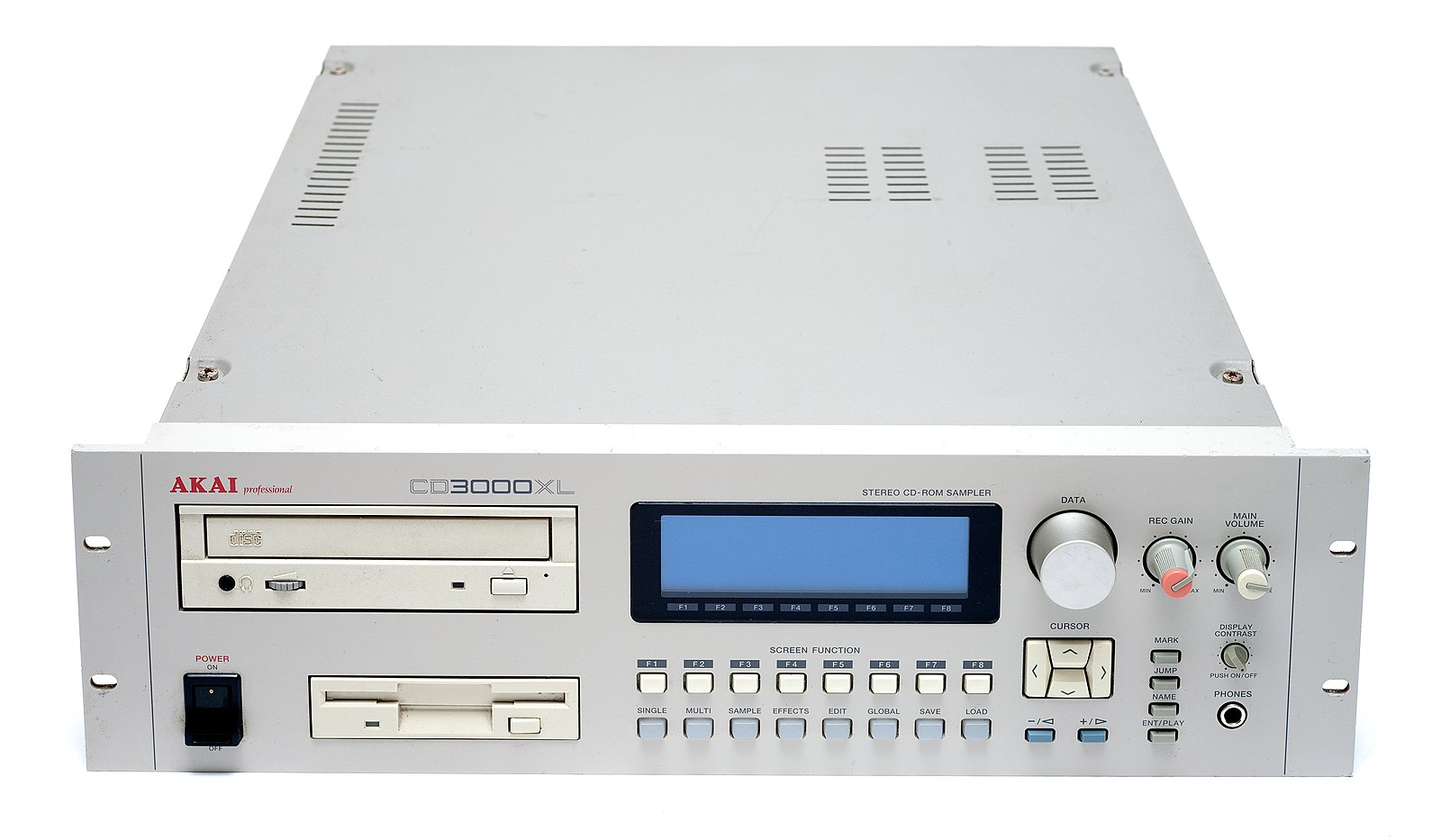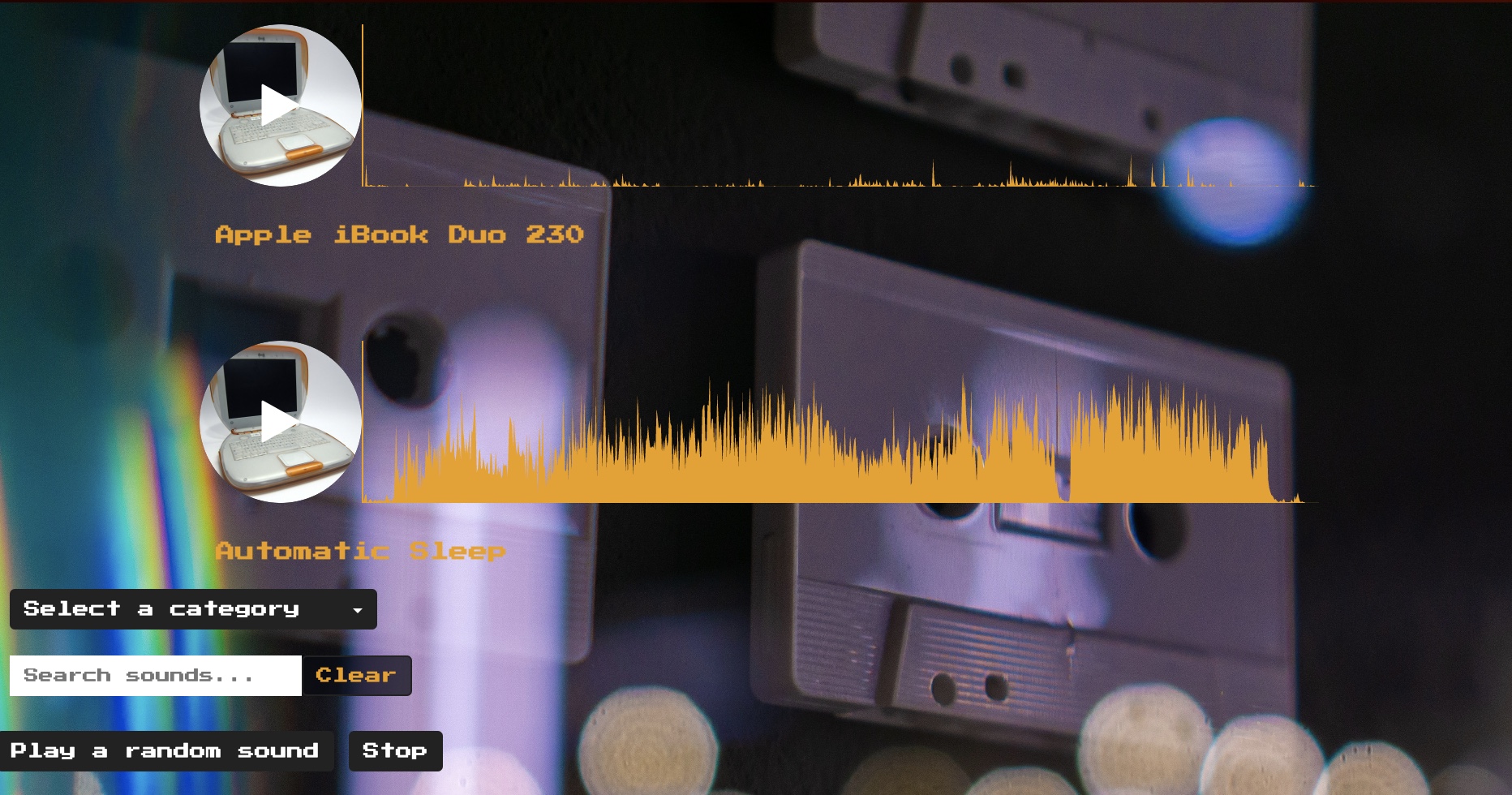Sound an. Brauchte offenbar einige Versuche, machste nicht mal ebenso nebenbei. Und ja, mit Essen spielt man nicht, ich weiß.
Einen Kommentar hinterlassenWhizzes and Whacks: An Intriguing Auditory Experience
byu/Mint_Perspective inoddlysatisfying

Die BBC hat ihre Soundeffekt-Bibliothek auf nicht weniger als 33.000 Samples aufgestockt, die dort jetzt zum kostenlosen Download bereitstehen.
Einen Kommentar hinterlassenIndexed into categories, the sounds span everything from footsteps and transport to nature and machines. Among the plethora of sounds covered are reindeer grunts, rain, clocks, horses walking in mud, common frog calls and crowds at the 1989 FA Cup Final. And that barely scratches the surface.
The sounds have been released under a non-commercial use license (a RemArc License) as part of the BBC’s RemArc programme, which is “designed to help trigger memories in people with dementia using BBC Archive material as stimulation“.
A RemArc License stipulates that the samples can only be used for research, educational or personal projects, and therefore can’t be legally sampled in music that is then sold.
Der ehemalige Apple-Software- und Sounddesigner Jim Reekes spricht in der CNBC-Serie Make It darüber, wie er einige der ikonischen Sounds des Unternehmens kreierte, sowohl mit als auch ohne Erlaubnis des Managements. Dazu gehören der frühere, unverkennbare Mac-Startsound, der xylophonische „Sosumi“-Piepton und der Kamera-Auslöserton auf jedem iPhone.
(Direktlink, via Laughing Squid)
Für die Nostalgischen: eine Sammlung diverser Boot-Sounds unserer Kindheit/Jugend und so.

(via Zwenter)
Kommen wir nun zu etwas ganz anderem.
Einen Kommentar hinterlassenEine Reise durch ein Jahrhundert der Rechenmaschinen, von den ersten mechanischen Rechenmaschinen bis zu den neuesten elektronischen Rechenmaschinen.
Viele Arten von Taschenrechnern, mechanische, elektromechanische, elektronische, mit ihren unterschiedlichen Geräuschen.
Hören Sie den Klang von:
Arithmometer Payen, Addix, Torpedo, Madas 20A, Olivetti MC3, MC4M, Aldo Bona Alfa, Brunsviga 20, Monroe, Thales, Everest Z5, Plurima, Saba, Felt & Tarrant Comptometer, Nisa, Antares, Olivetti Logos 58, 694, 912, Triumph Adler 1218PD.
Der ultimative Chord. Und ein Krachen.
https://twitter.com/vhslogos/status/1350972254935519234
(via Sascha)
Definitiv die einzig wahrhaftige Rockmusik. Klingt halt auch gar nicht so übel, wenn man es mit dem Rock nicht all zu genau nehmen mag. Bei dem Tonabnehmer auf einer Schallplatte dürfte so einigen Audiophilen das Herz zum Stein werden.
https://twitter.com/gunsnrosesgirl3/status/1631006358597259275
Einen Kommentar hinterlassen
Weil es irgendwer ja machen muss, sammelt Obsolete Sounds ausgestorbene und verschwindende Klänge und will so die weltweit größte Sammlung dafür werden, die jene Sounds ins heute zu bringen versucht. Herrlich nostalgisches Klickmaterial.
Obsolete Sounds is the biggest ever collection of the obsolete and disappearing sounds of the world, covering everything from dusty VHS cassettes, vintage video games and old mobile phones to melting glacier ice and endangered traditional songcraft.
The interactive online exhibition features more than 150 obsolete and endangered sounds and can be explored in full at Obsolete Sounds.
The project documents not just the much-missed sounds that evoke memories from the past, but also highlights some that we’re in danger of losing. It aims to draw attention to the world’s disappearing soundscapes, and what we can do to preserve and save socially and culturally important sounds for future generations.
https://youtu.be/dd3cztkhhCs
(Direktlink, via Book of Joe)
Laut ESA ziemlich genau so. „The result is pretty scary.“ Das will ja quasi gesamplet werden.
Launched in 2013, ESA’s trio of Swarm satellites are being used to understand exactly how our magnetic field is generated by measuring precisely the magnetic signals that stem not only from Earth’s core, but also from the mantle, crust and oceans, as well as from the ionosphere and magnetosphere. Swarm is also leading to new insights into weather in space.
Musician and project supporter Klaus Nielsen, from the Technical University of Denmark, explains, „The team used data from ESA’s Swarm satellites, as well as other sources, and used these magnetic signals to manipulate and control a sonic representation of the core field. The project has certainly been a rewarding exercise in bringing art and science together.“
It might sound like the stuff of nightmares, but, remarkably, this audio clip represents the magnetic field generated by Earth’s core and a solar storm.
(via BoingBoing)
Einen Kommentar hinterlassenFaszinierend, welch verschiedenste Sounds von Magneten kommen können.
Irgendwer hat daraus diesen Drum and Bass-Tune gemacht.
https://www.youtube.com/watch?v=_KX0oA4VGhc
(Direktlink)